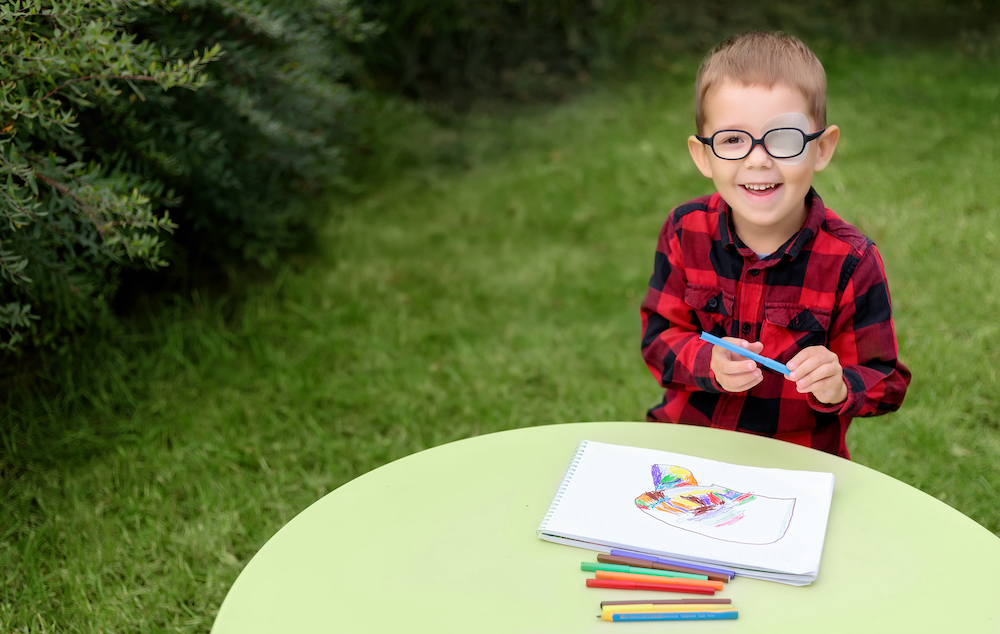
When children are growing up, their eyes and the entire visual system grow rapidly. Your child's younger years are critical to developing their visual abilities. At this juncture, addressing any emerging issues play a crucial role in the future of their vision. A common visual problem is lazy eye.
As a parent, you may feel a bit worried when you find out that your child has this condition. However, eye doctors have worked over the years to devise treatment protocols that can help your child. Eye doctors have come to understand the condition and how to best deal with it.
What Is Lazy Eye?
Lazy eye is characterized by poorer vision in one eye, often in early life. Also known as amblyopia, the condition develops due to abnormal visual development. The affected eye is weaker in several ways and can turn inward or outward.
The condition usually develops while the child is young, between birth and seven years. It is so common that it is the most prevalent cause of reduced vision among children. Also, it will rarely affect both eyes.
Early diagnosis and treatment are essential to ensure that your child's vision is not affected in the long term. The affected eye will often respond to different treatment modalities. The eye doctor will usually choose the eye treatment that will work best for your child.
Symptoms of Lazy Eye
Tilting your head
A wandering eye that turns outward or inward
Poor depth perception
Eyes that do not seem to work together
Abnormal results from a vision screening test
Shutting one eye or consistently squinting
What Causes Lazy Eye?
The most common causes of the condition occur when something creates interference in the pathway between the retina and the brain. It causes the affected eye to receive fewer signals than ideal. In the long term, the brain begins to suppress the weakened eye and ignores its input. Eventually, the eyes stop working together.
What to Do When Your Child Has Lazy Eye
When you notice your child has the condition, see an experienced eye doctor. They will diagnose the condition correctly and develop a treatment plan. As mentioned earlier, there are several treatment protocols available for treating amblyopia. Here are two of the most effective when it is detected early.
Patching
Patching is the simpler of the treatment options for the condition. It involves covering the stronger eye for a few hours during the day for a few weeks or months. It helps restore communication between the weaker eye and the brain. It is quite effective in doing this as most interventions before children turn eight are successful.
Atropine Therapy
Atropine therapy is an alternative for kids who do not want to wear a patch. They work differently in that the eye drops weaken the strong eye. The brain then has to try and use the weakened eye, slowly improving the connection over time.
For more information on what to do if your child has a lazy eye, contact Rieger Eyecare Group at our office in Normal, Illinois. Call (309) 320-2020 to book an appointment today.











